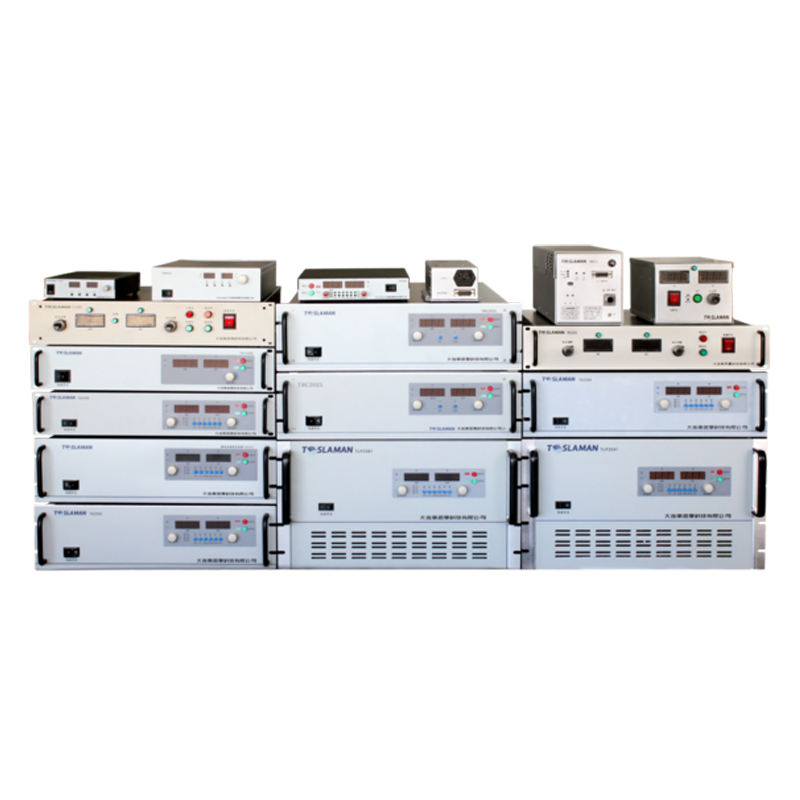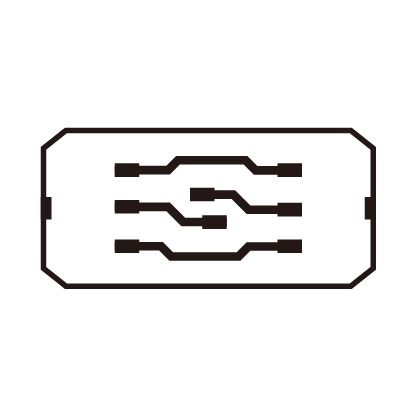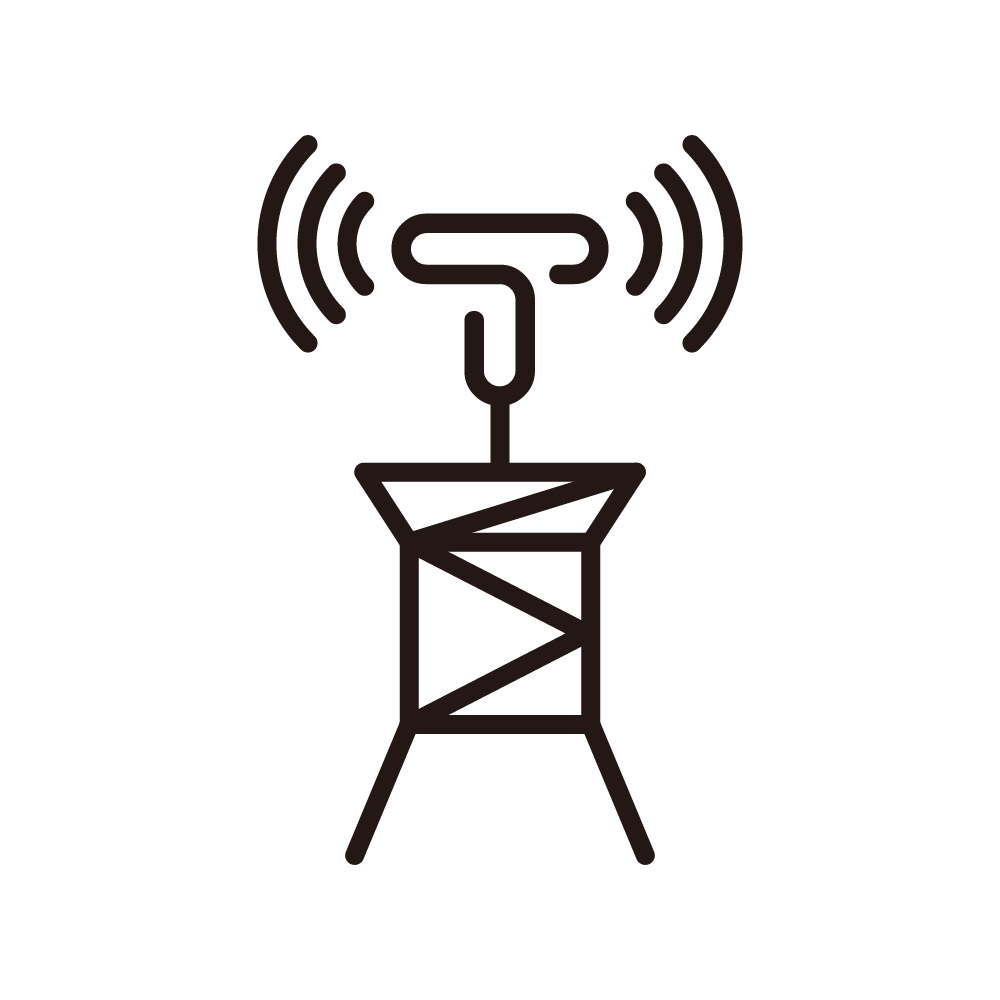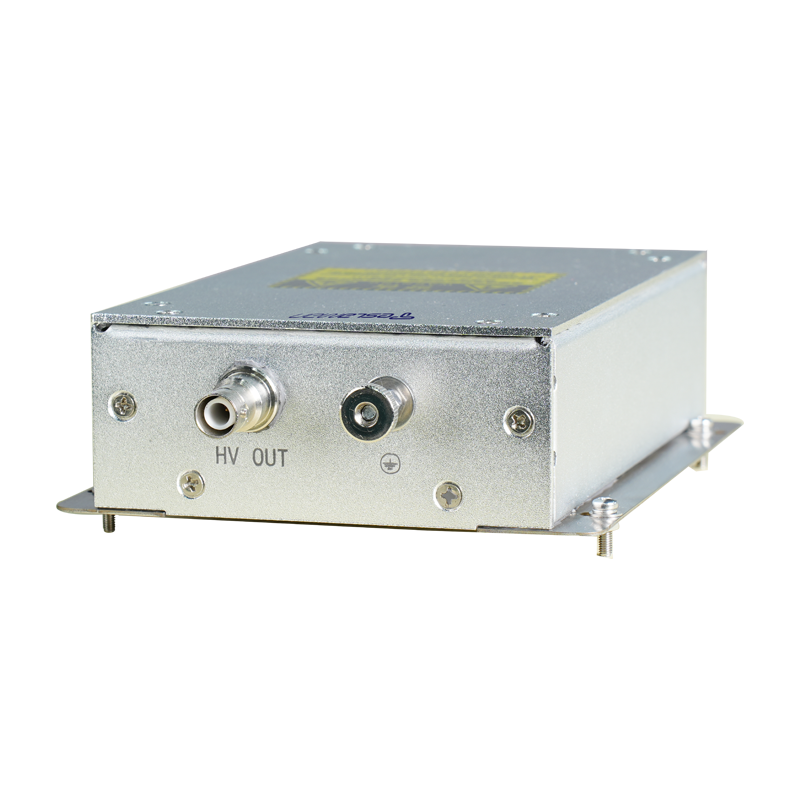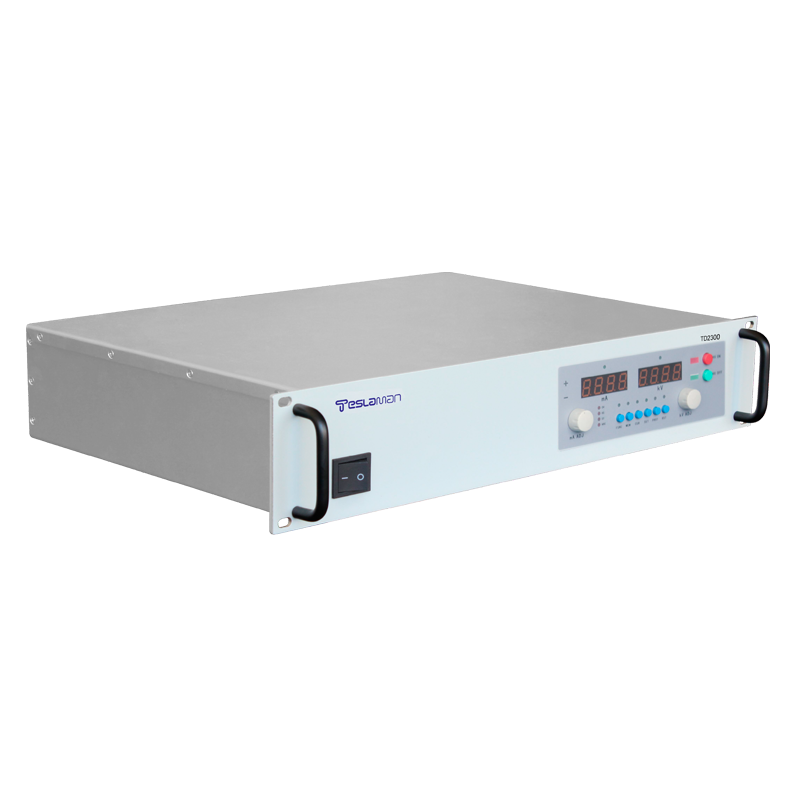Calibration of High-Voltage Power Supplies for Blood Irradiation and Its Importance
Introduction
Blood irradiation technology is a crucial method for preventing transfusion-associated graft-versus-host disease (TA-GVHD). By using high-energy radiation to treat blood products, lymphocytes in the blood can be effectively inactivated, thereby reducing the risk of immune reactions. In this process, the high-voltage power supply serves as a core component of blood irradiation equipment, providing stable high-voltage output for radiation sources such as X-ray tubes or accelerators. However, since the performance of the high-voltage power supply directly affects the accuracy and uniformity of the radiation dose, regular calibration is essential. This article explores key issues related to the calibration of high-voltage power supplies for blood irradiation, covering their operating principles, calibration methods, and practical considerations.
1. Basic Principles of High-Voltage Power Supplies for Blood Irradiation
Blood irradiation equipment typically relies on high-energy radiation sources (such as X-rays or electron beams) to irradiate blood products. The main function of the high-voltage power supply is to provide the required high voltage and current for these radiation sources to ensure their proper operation. Specifically, the design of the high-voltage power supply must meet several critical requirements:
1. High Stability
The accuracy of the radiation dose depends directly on the stability of the high-voltage power supply's output. Any voltage fluctuations may lead to changes in radiation intensity, affecting the irradiation results.
2. High Precision Control
The high-voltage power supply must have precise adjustment capabilities to adapt output parameters according to different irradiation needs. For example, when handling blood products of varying volumes or types, it may be necessary to adjust the radiation dose.
3. Safety and Reliability
Operating at thousands of volts or higher, the high-voltage power supply must be equipped with comprehensive protection mechanisms to prevent overvoltage, overcurrent, or short-circuit faults that could harm equipment or personnel.
4. Electromagnetic Compatibility (EMC)
To minimize interference with surrounding equipment, the high-voltage power supply must comply with strict EMC standards.
2. Calibration Methods for High-Voltage Power Supplies for Blood Irradiation
Calibrating a high-voltage power supply is a complex and precise task aimed at ensuring its output parameters meet design specifications and operational requirements of the irradiation equipment. Below are the main steps and key technologies involved in the calibration process:
1. Pre-Calibration Preparations
Before starting the calibration, a thorough inspection of the high-voltage power supply is necessary, including checking the integrity of its appearance, the reliability of connections, and the condition of the cooling system. Additionally, the validity of calibration equipment (such as high-precision voltmeters, ammeters, and power analyzers) should be confirmed.
2. Output Voltage Calibration
Output voltage is one of the core parameters of the high-voltage power supply. During calibration, a voltage divider or high-voltage probe is typically used to measure the actual output voltage, which is then compared with the set value. If deviations exist, adjustments are made by modifying the reference voltage in the feedback loop or the duty cycle of the PWM signal.
3. Output Current Calibration
For some blood irradiation devices, the high-voltage power supply must also provide stable output current. During calibration, the current value can be measured using a precision resistor in series, and compensation can be achieved through a closed-loop control system.
4. Ripple and Noise Testing
Ripple and noise in the high-voltage power supply’s output can directly affect the stability of the radiation source. Therefore, during calibration, an oscilloscope or spectrum analyzer is used to detect ripple amplitude and frequency components, and filtering measures are implemented for optimization.
5. Load Characteristic Testing
The performance of the high-voltage power supply under different load conditions is also a key focus of calibration. By simulating real-world loads (such as the impedance characteristics of an X-ray tube), the dynamic response and load-bearing capacity of the power supply can be evaluated.
6. Verification of Safety Protection Functions
After calibration, all safety protection functions of the high-voltage power supply must be thoroughly tested, including overvoltage protection, overcurrent protection, and temperature protection. Only when all protective functions operate normally can the calibration be considered successful.
3. Considerations During the Calibration Process
1. Environmental Control
Calibration of the high-voltage power supply should be conducted in a controlled environment with constant temperature, humidity, and minimal electromagnetic interference to avoid external influences on measurement results.
2. Professional Training for Operators
Calibrating high-voltage power supplies involves high-voltage operations, which carry certain risks. Therefore, operators must undergo professional training to familiarize themselves with equipment operation procedures and emergency response measures.
3. Importance of Regular Calibration
Over time, components of the high-voltage power supply may age or drift, causing output parameters to deviate from nominal values. It is recommended to perform comprehensive calibration every 6 to 12 months.
4. Documentation and Traceability
After each calibration, detailed records of calibration data, dates, and operator information should be maintained, along with relevant documentation. This not only helps track the historical performance of the equipment but also provides reference for future maintenance.
4. Practical Significance of Calibrating High-Voltage Power Supplies for Blood Irradiation
1. Ensuring Accuracy of Radiation Dose
Precise control of the radiation dose is critical to the success of blood irradiation. Regular calibration ensures that the radiation source remains in optimal working condition, improving the reliability and consistency of irradiation results.
2. Extending Equipment Lifespan
Regular calibration not only identifies potential hardware issues but also optimizes operational parameters in a timely manner, reducing unnecessary wear and extending the equipment's lifespan.
3. Meeting Regulatory Requirements
The medical device industry imposes strict regulations on the performance of blood irradiation equipment. Calibration of high-voltage power supplies is essential not only for normal operation but also for compliance with relevant laws and standards.
4. Enhancing Patient Safety
Accurate radiation doses effectively inactivate lymphocytes in blood products while preserving the functionality of red blood cells and other beneficial components. This is crucial for improving the safety and effectiveness of transfusion therapy.
5. Future Development Trends
As blood irradiation technology continues to advance, the design and calibration methods of high-voltage power supplies are also evolving. Future trends include:
1. Intelligent Calibration Systems
Smart calibration systems based on artificial intelligence and big data can automatically identify changes in the performance of high-voltage power supplies and generate optimization suggestions, improving calibration efficiency.
2. Real-Time Monitoring and Remote Calibration
Leveraging IoT technology, real-time monitoring and remote calibration of high-voltage power supplies can be achieved, reducing manual intervention while enhancing operational efficiency.
3. Green and Energy-Efficient Design
New high-voltage power supplies will place greater emphasis on improving energy efficiency by adopting advanced power conversion technologies and materials, reducing energy consumption and carbon emissions.
Conclusion
Calibrating high-voltage power supplies for blood irradiation is a key step in ensuring the stable operation of irradiation equipment and the accuracy of radiation doses. Through scientifically sound calibration methods and strict management practices, the quality and safety of blood irradiation can be significantly improved. In the future, with continuous technological innovation, the calibration of high-voltage power supplies will become more efficient, intelligent, and environmentally friendly, providing stronger support for advancements in healthcare.
